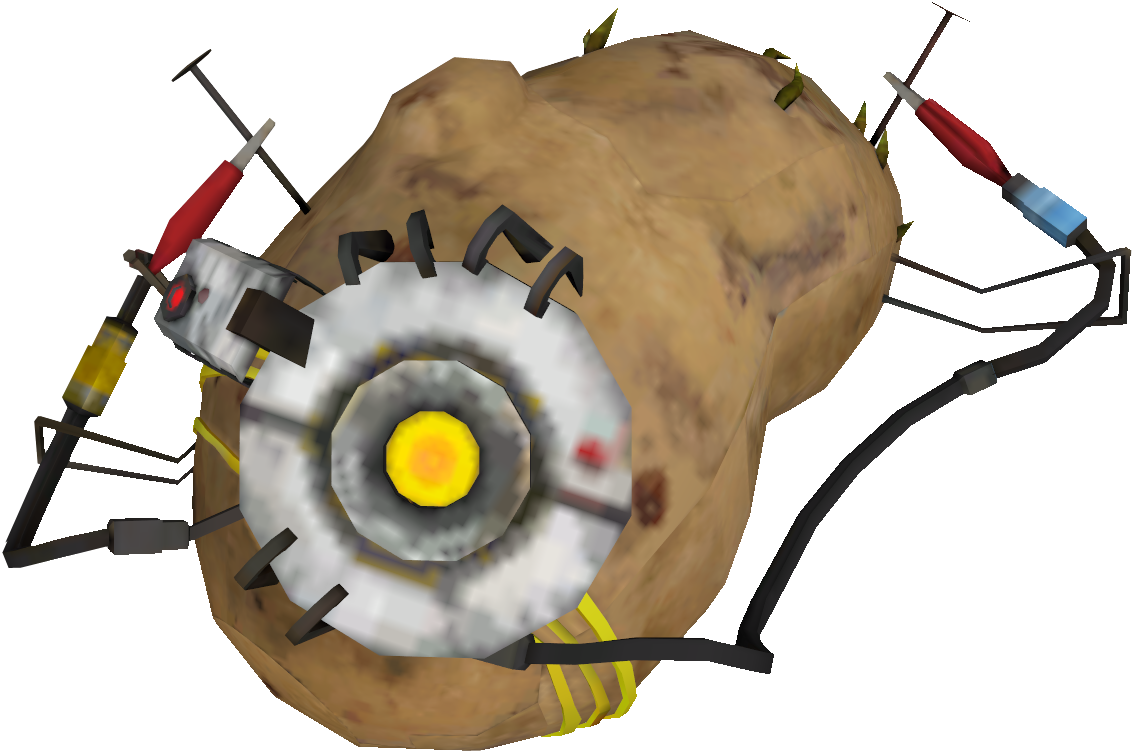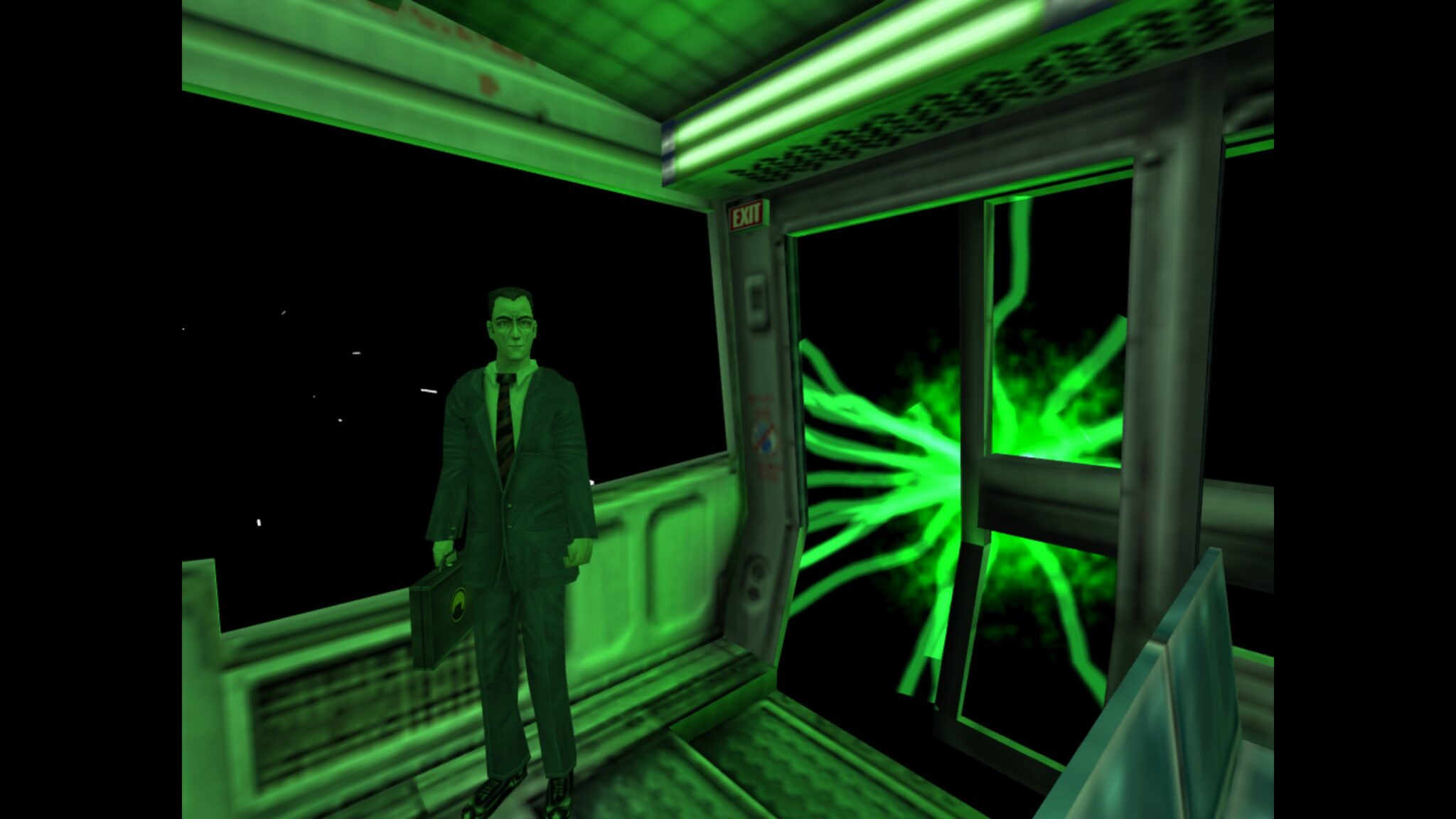I wrote a 1 year recap to help you decide whether to become Storj SNO.
Time flies! I’ve been a Storage Node Operator (SNO) for a year now. If you’re considering becoming one, following recap might help you making a decision. Or confuse you more.

^You after reading my post.
Maintenance
Running a node is more or less hands off. Node requires very little maintenance. Occasionally, you need to deal with Windows updates (that won’t be a problem if you choose a different platform). Every month I have to renew my free No-IP hostname (port forwarding). Overall, you’ll spend about an hour or two every month checking on your node.
Rewards
Do you wanna be rich?

Let me break it to you. You won’t earn much running a node (estimator). It might barely cover electricity costs. Ideally, you want to live in an area with low electricity costs and fast internet.
Network activity
The speed at which disk space is being filled is very very slow. Here is disk space utilization after a year of uptime:

3TB taking 1 year to fill… let’s do some math… multiply by… carry over… divided by….

3.42TiB / 365 days = 119.2 kilobytes per second
119kB/s!
Oops.

I’m located in Brno (Europe) and have fairly decent internet connection orders of magnitude faster than 119kB/s (150Mbps/10Mbps). I can download large games on Steam in matter of minutes. Yet it takes node a year to store 3TB! Why? The disk space use solely depends on people and their usage of Storj network. This is not Chia – we are storing real data.
With such a snail pace of onboarding new data, it will be very painful to have a drive failure. I haven’t configured any RAID but maybe I should have.
4+TB with redundancy (RAID1, RAID5, RAID6)
https://docs.storjsno.com/prerequisites/hardware-requirements
Minimum threshold
You might be okay with making little money on the side. However, there is a little catch called Ethereum. High transaction fees plague Ethereum at the moment (In the future, that will hopefully change with Ethereum 2.0). Storj company came up with Minimum Threshold for Storage Node Operator Payouts / Minimum payment thresholds of 25% to make it worthwhile sending payments. Earn too little and you won’t get paid until you accumulate sum large enough.
We will not send a transaction where the fee for the transaction is more than 25% of the value of the transaction. The minimum threshold is calculated based on the average transaction fee value in USD from the previous 12 hours at the beginning of the payout process. For example, if the average transaction fee is the equivalent of $12.50, we’ll pay out all wallet addresses that have earned $50.00 and above.

Storj company is trying to incentivize zksync (on layer 2) but those need a fee to be moved to layer 1… This leaves you with a choice whether to keep your earnings with Storj or zksync. Check out SNO Payment mega-FAQ for more information about payments.
Held back
It’s worth mentioning that in the first 9 months a certain percentage of your earnings is held back (as a collateral to incentivize nodes to stay online):
Months 1-3 : 75% of storage node revenue is withheld, 25% is paid to the storage node operator
Months 4-6 : 50% of storage node revenue is withheld, 50% is paid to the storage node operator
Months 7-9 : 25% of storage node revenue is withheld, 75% is paid to the storage node operator
Months 10-15 : 100% of storage node revenue is paid to the storage node operator
Month 15 : 50% of total withholdings are returned to storage node operator, with the remaining 50% held until the node gracefully exits the network
https://forum.storj.io/t/held-amount-and-payouts/100
More information on sharing storage for fun and profit.
Storj token and exchange risk
There is a currency exchange risk associated with earning as SNO. You see, you are not paid in USD or EUR. They give you the dollar amount in Storj (Ethereum ERC-20 token). It’s not a stablecoin. As you might expect the token price fluctuates. Check out the Storj price (USD) from the past year:

Price can go both ways. Token can appreciate and thus increasing your earnings. Or it might fall leaving you with next to nothing. See that spike in April? Imagine getting $10 in Storj on that day and few months later (June) it’s worth less than $3. That’s a wild ride! Consider your tolerance towards currency risk.

I suppose one might try hedging against the currency risk… somehow.
Personally, I run “double” currency exchange risk. My local currency is CZK. SNOs earn in USD and paid in Storj. Yes, I like to live dangerously.

Decentralized and open source
Storj with its federated satellite system is a step towards decentralization (web3) where ordinary folks share their resources among themselves with no reliance on central authority. Furthermore, Storj code is open source and projects (eg. Storage Node) are public. NFTs are being stored on Storj too.

Some people get into Storj just to contribute their unused storage space for a greater cause.
Hardware
Nice thing is that you can run node on a potato. Rewards ain’t worth hardware investment anyway.
Only setup a node if the system is already going to be online. Otherwise it’s just a money sink. If you buy new equipment your ROI will be measured in years.
https://www.reddit.com/r/storj/comments/r07r8j/comment/hlrj4ve

My specs are:
- CPU: Core i3-3220
- RAM: 8GB
- HDD: 8TB
- OS: Win 10
If you’re wondering what hardware people use, check out Post pictures of your storagenode rig(s) thread.
Summary
Would I recommend running your own Storj node? Depends. Do you have a system already running 24/7 with 4TB+ of unused space? If not, forget about it. Unless you feel very strongly about moving away from centralized services. If you want to contribute, go to https://www.storj.io/host-a-node to start your own node.
I haven’t covered everything. Check out official Storj SNO book for more information.

Made your choice? Please share your thoughts in the comments below, thanks!

Leave a Reply